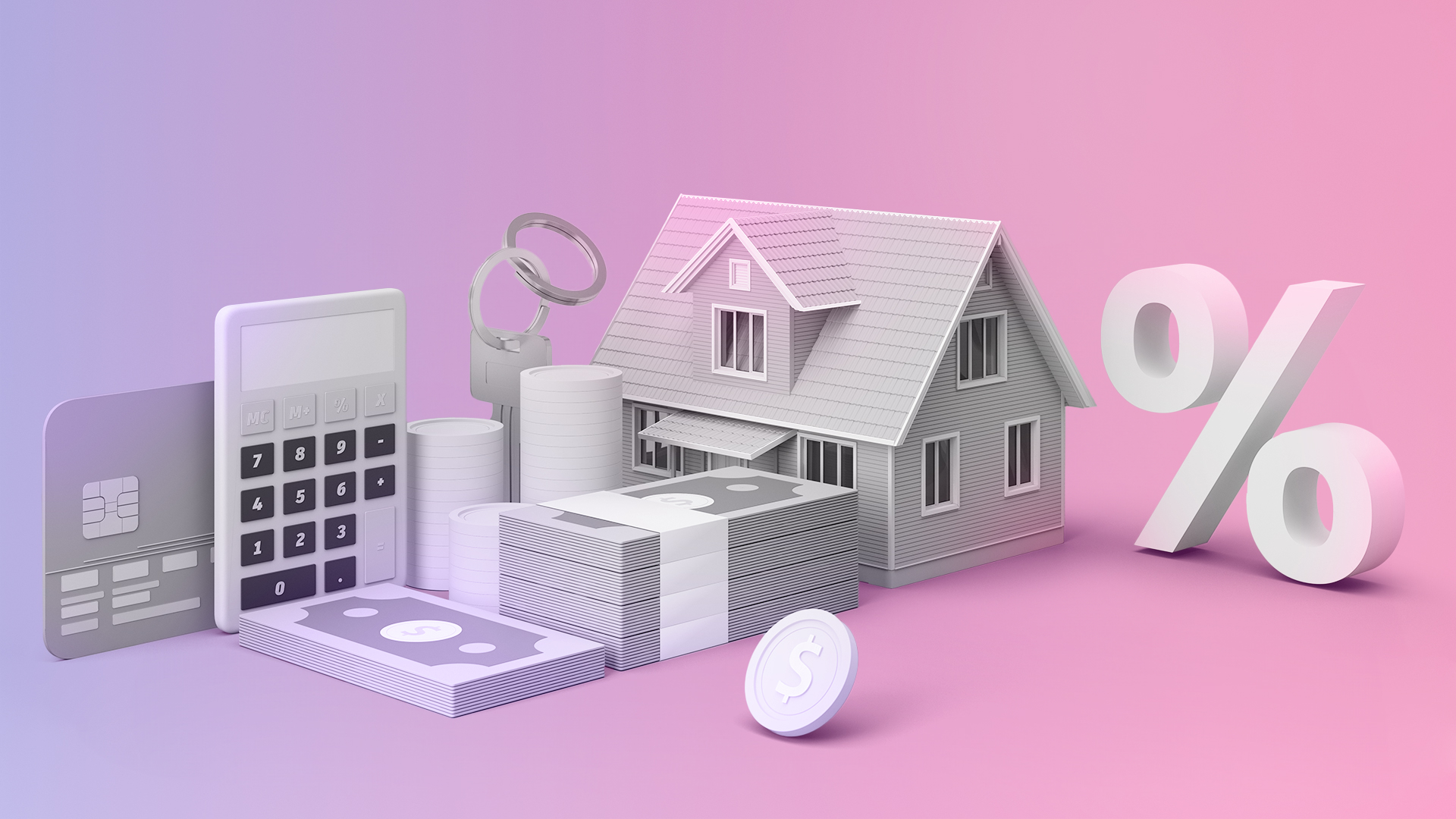How to Use Your Offset Account
We provide ways to potentially increase your savings on your mortgage repayments by using an offset account effectively. Get the know-how to reduce your loan balance and save on interest.
What if we told you that you could potentially save on your interest repayments and the cost of your home loan? That’s right, with the help of an offset account, you could be on your way to reducing your mortgage repayments and saving thousands of dollars over the life of your loan. The only catch is that you need to make sure you’re using your offset account correctly.
Keep reading to get the lowdown on offset accounts and tips on how to make them work for you.
What is an offset account?
An offset account is a type of transaction account that’s linked to your home loan. Unlike regular transaction accounts, the cash that you have sitting in an offset account offsets the balance on your home loan.
With that said, offset accounts can typically be used in the same way as regular transaction accounts. You can use your offset account to:
- Deposit money,
- Withdraw cash, and
- Make purchases using a debit card that’s linked to the account.
Just keep in mind that not all lenders offer offset accounts and they’re generally only available with variable home loans.
How does an offset account work?
The beauty of an offset account is that it essentially reduces the outstanding balance of your home loan. That means that the daily interest and monthly repayments are calculated based on the reduced amount, rather than the total outstanding balance. With this in mind, the more money you have in your offset account, the less interest you’re likely to pay.
Although it might sound complicated, the way an offset account works is fairly simple. For example, let’s say you owe $500,000 on your home loan and you have $100,000 saved in your offset account. Based on these figures, you’d only be paying interest on $400,000, which is the difference between your full loan balance and the cash in your offset account.
Is an offset account worth it?
An offset account has the potential to help you save on your interest charges and mortgage repayments, but is it actually worth it? This all comes down to your financial situation, loan term and spending habits. If you’re in the habit of saving your cash, you could be better off linking an offset account to your home loan rather than stashing it in a high-interest savings account. That way you can take advantage of the potential interest savings. With that said, an offset account isn’t for everyone, so it’s important to weigh up the pros and cons against your own circumstances to make a decision that’s right for you.
An offset account can provide stacks of benefits providing you’re using it to your advantage. Here are just some of the pros that come with using an offset account:
- Interest savings: One of the main benefits of an offset account is that the balance in the account is subtracted from the outstanding loan balance when calculating interest on a mortgage. This can lead to significant interest savings over the life of the loan.
- Flexibility: With an offset account, you have a high level of flexibility, allowing you to access your funds whenever needed. Having access to cash can come in handy for unexpected expenses, investments or other financial priorities.
- Reduced loan term: By consistently maintaining a higher balance in the offset account, you can effectively reduce the loan term. This means you might be able to pay off your mortgage sooner than the original loan term, helping you save on overall interest costs.
- Convenience: Because offset accounts work in much the same way as regular transaction accounts, they can be a more convenient alternative to other home loan facilities. You can easily access your funds to make ATM withdrawals or in-store purchases using a debit card.
How to get the most from your offset account
To get the most out of your offset account, it’s important that you use it to your advantage. Here are a few tips to help you maximise the benefits of an offset account:
- Deposit your salary into your offset account: If it makes sense, why not make your offset account your primary transaction account? Ask for your salary and any other regular income or payments to be deposited directly into your offset account. That way your funds are immediately working to offset your mortgage interest.
- Keep your savings in your offset account: While it might sound counterintuitive, your savings will usually work harder for you in an offset account rather than a traditional high-interest savings account. Often, the interest rate on your home loan is higher than what you can earn in a savings account. Plus, the interest earned on your savings is considered income so you’re likely to lose a chunk of it to the tax man. On the other hand, the potential interest savings that you can make with an offset account are tax-free.
- Link multiple offset accounts: If your lender allows it, you might want to consider linking multiple offset accounts to your loan. This can be beneficial if you have different savings goals or income sources, allowing you to maximise the offset effect.
- Maintain your offset balance: To optimise interest savings, aim to keep a consistent or work on saving an even higher balance in your offset account. The higher the balance, the more interest you offset against your loan and the more you stand to save.
While Unloan doesn’t currently offer offset accounts, we do have a range of great features that come with our hard-working home loan. From competitive interest rates to our no fee promise*, there’s plenty more to love about an Unloan home loan.
This article is intended to provide general information only. It does not have regard to the financial situation or needs of any reader and must not be relied upon as financial product advice. Please consider seeking financial advice before making any decision based on this information.
Unloan is a division of Commonwealth Bank of Australia.
Applications are subject to credit approval; satisfactory security and you must have a minimum 20% equity in the property. Minimum loan amount $10,000, maximum loan amount $10,000,000.
Unloan offers a 0.01% per annum discount on the Unloan Live-In rate or Unloan Invest rate upon settlement. On each anniversary of your loan’s settlement date (or the day prior to the anniversary of your loan’s settlement date if your loan settled on 29th February and it is a leap year) the margin discount will increase by a further 0.01% per annum up to a maximum discount of 0.30% per annum. Unloan may withdraw this discount at any time. The discount is applied for each loan you have with Unloan.
There are no fees from Unloan. However, there are some mandatory Government costs depending on your state when switching your home loan. For convenience, Unloan adds this amount to the loan balance on settlement.
* Other third-party fees may apply. Government charges may apply. Your other lender may charge an exit fee when refinancing.





















































